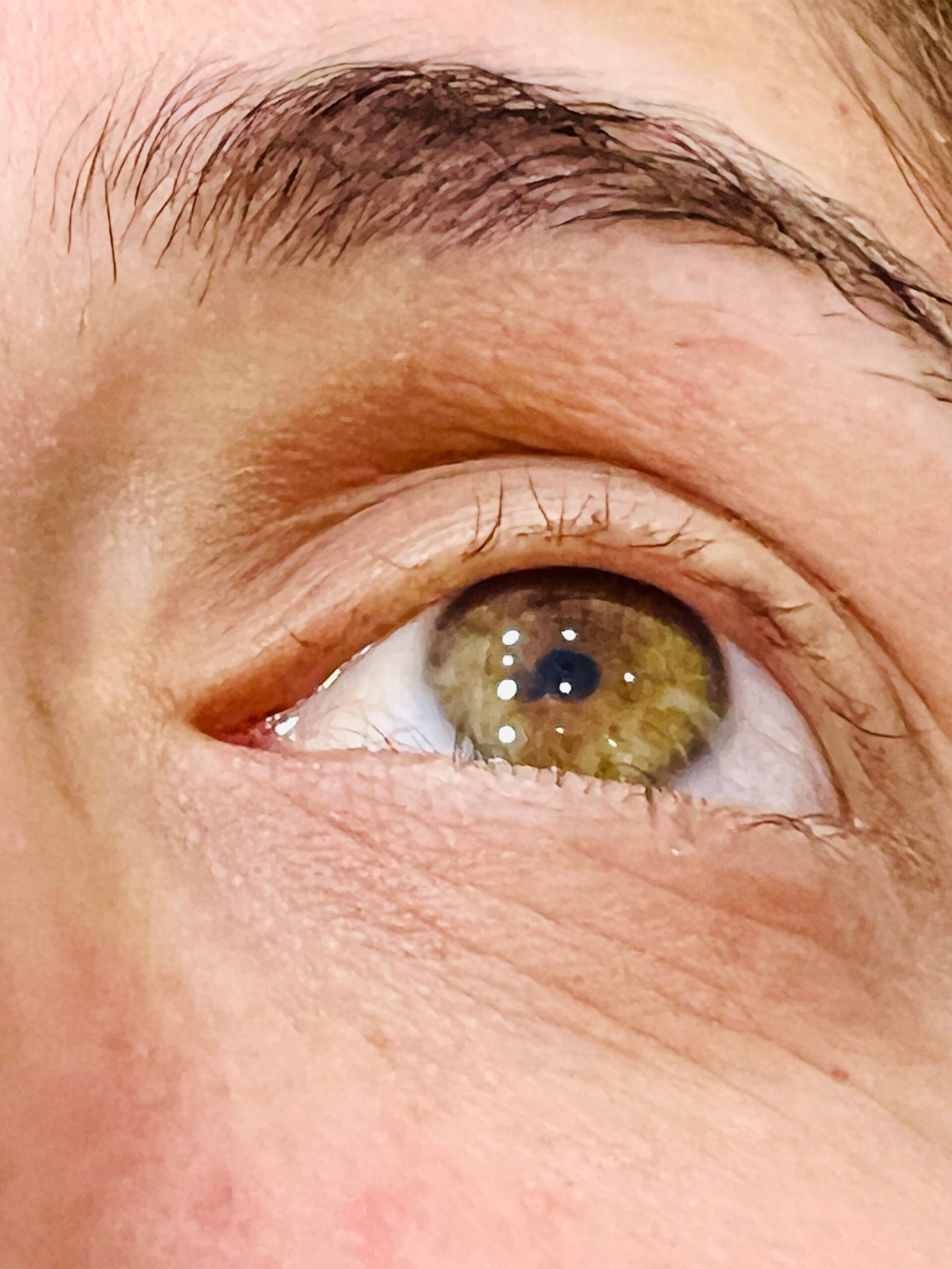Hair transplantation is one of the most popular and effective solutions for treating hair loss, a problem that affects many people worldwide. This medical procedure involves transferring hair follicles from an area with good hair density, known as the donor area, to an area suffering from baldness or thinning. The goal of the procedure is to restore natural hair growth in a permanent and safe manner.

Types of Hair Transplant Procedures
- Follicular Unit Extraction (FUE): This method involves extracting individual hair follicles one by one from the donor area using a precise device, then implanting them into the affected areas. This technique is minimally invasive and leaves barely visible scars.
- Follicular Unit Transplantation (FUT): A small strip of scalp is cut from the donor area, which is then divided into individual follicles for transplantation into the affected areas. Although this method may leave a linear scar, it allows for the extraction of a larger number of follicles in a single session.
Stages of a Hair Transplant Procedure
- Diagnosis and initial consultation: Before the surgery, the doctor assesses the patient’s condition and identifies the primary cause of hair loss.
- Preparation for surgery: This includes cleaning the scalp and determining the donor and recipient areas.
- Follicle extraction: Depending on the technique used (FUE or FUT), follicles are harvested from the donor area.
- Follicle implantation: The follicles are meticulously implanted into the affected areas one by one.
- Recovery: After the procedure, the patient may experience some pain or swelling in the scalp, but these symptoms subside within a few days.


Benefits of Hair Transplantation
- A permanent solution to hair loss.
- Natural results: The use of the patient’s own hair ensures completely natural-looking results.
- Boosts self-confidence: Many people feel a significant improvement in their appearance and self-esteem after regaining their natural hair.

Post-Transplant Care Tips
- Avoid washing the scalp for at least two days post-surgery.
- Refrain from intense physical activities for two weeks.
- Follow the doctor’s post-operative care instructions carefully.
In conclusion, hair transplantation is an effective option for individuals experiencing advanced hair loss. With the recent advancements in hair transplant techniques, excellent results can be achieved with minimal side effects. If you are considering hair transplantation, it’s essential to consult a specialist to determine the best options for your condition.















